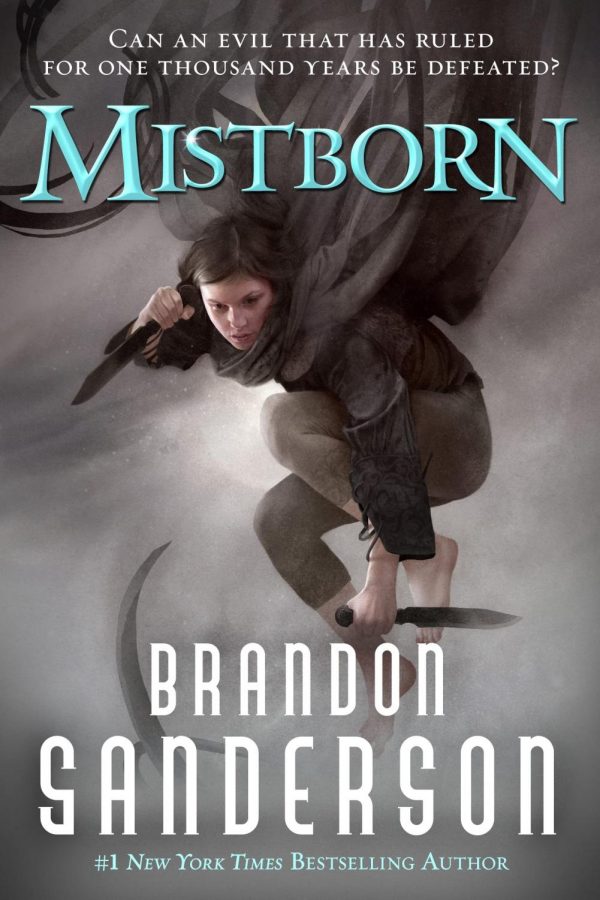A Review of Mistborn: Turning the Page to a New Era of Fantasy
Image created with Publisher by Sam Lind
The cover of Mistborn, the first in the trilogy by Brandon Sanderson.
A thousand years ago, the Hero of Ages went up against the Dark Lord in an ultimate final battle that would decide the fate of the world.
He lost.
Now, a millennium later, the Lord Ruler towers over Scadriel as an immortal emperor. As ash rains from the sky, a young Mistborn, a mage who uses metal-based magic, is brought under the wing of the Survivor of Hathsin to bring the Lord Ruler down.
Mistborn by Brandon Sanderson is one of the most, if not the most, influential fantasy trilogies of the last two decades. It essentially rewrote the genre for the modern age. While it uses old tropes and cliches, such as a young prodigy trained by a legendary mage or thief (in this case both), it adds spins to the tropes, too. For example, the mentor, while charismatic and genuine in his goals and feelings, is largely driven by a compulsive need to fill his ego. The magic system, which changed fantasy forever, is detailed and complex as opposed to the vague powers of the past.
The Mistborn trilogy stars Vin, a young thief on the streets of Luthadel, the capital of the Final Empire. Soon, she finds herself noticed by Kelsier, the Survivor of Hathsin, who trains her to unlock her potential as a Mistborn. Together with their crew, they plan to incite a revolution among the peasantry and eliminate the Lord Ruler.
The world of Scadriel is haunted at night by the mists, a deadly fog that seems to have a life of its own. The mists harbor Mistwraiths, servants of the Lord Ruler. Among the Mistwraiths hide the Mistborn, mages of noble descent who can swallow and burn different metals to unlock different powers, ranging from telekinesis to enhancing the senses.
The Mistborn trilogy is one of Brandon Sanderson’s earliest works. While it may be the most influential, it is not his best-selling, or in my opinion, his best (most would argue his Mistborn trilogy has been eclipsed by his ongoing Stormlight Archive series). Written from 2006 to 2008, the trilogy averages 750-800 pages per book. Mistborn was the first step in Sanderson’s plans for a larger, connected fantasy universe.
Mistborn is a very exciting read. It’s relatively short, spanning only 800 pages per novel, and it has great development for all characters involved. The trilogy is also accompanied by the novella Mistborn: Secret History, which adds an extra layer of story to the original novels. Every single question that you will have will be answered, as plot twists and reveals are sprinkled throughout the series. Story threads tie together in the best ways I have personally seen in a fantasy book before.
There are few downsides I would give the series. The first one is most prevalent in the first novel, but Sanderson was still figuring out his writing style and how he wanted to conduct his books. But that smooths out over the course of the trilogy. The second is that the second book, the Well of Ascension, is a bit slower than the others. It’s commonplace for the second entry in a trilogy to be either the best installment or the worst, and in this case it’s the latter. Overall, I would give the trilogy an 8.5/10 rating.
Mistborn’s reimagining of fantasy magic systems revolutionized them from a vague collection of powers into a detailed structure. Mistborn is a must-read for any fantasy fan, although don’t be expecting a typical Lord of the Rings-style adventure. For these reasons Mistborn will be remembered in literary circles for generations to come.












